Snowcap (aka Sno Cap, SnoCap)
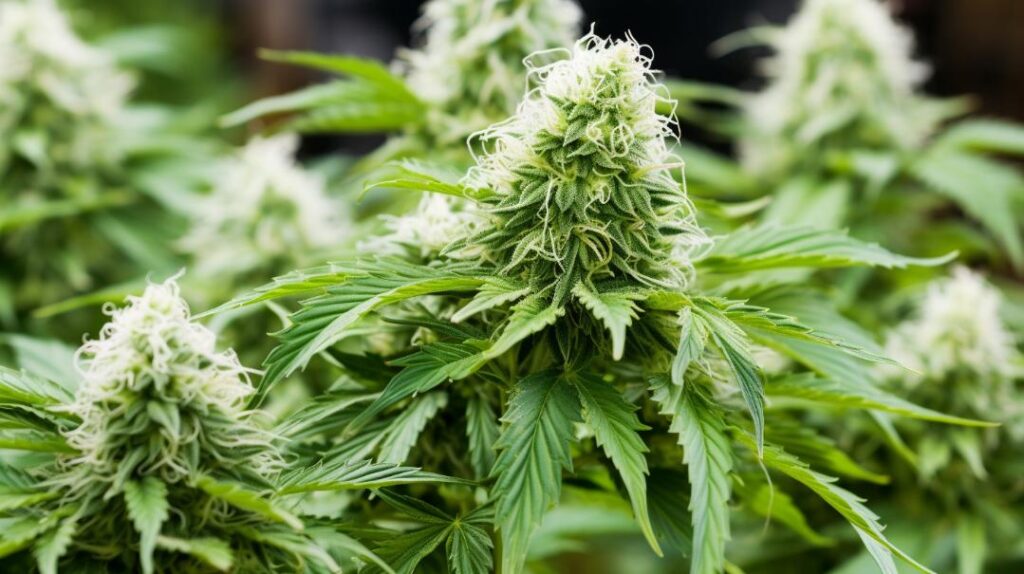
The Snowcap Strain, with its sativa-dominant hybrid prowess, offers an intriguing blend of effects and flavors that cater to a diverse audience. Its genetic lineage, rumored to stem from Humboldt Snow and an enigmatic Haze variant, piques curiosity regarding its cultivation and inherent qualities.
The strain’s distinct terpene profile, yielding citrus and vanilla undertones, alongside its reputed therapeutic benefits for stress and anxiety, underscores the importance of understanding its comprehensive impact on both recreational and medicinal users. Given these aspects, one might ponder the depth of its cultivation nuances, the spectrum of its effects, and how it stands in comparison with its contemporaries.
Genetic Lineage
Delving into the genetic lineage of the Snowcap strain, it is bred from an intriguing combination of Snow White (itself a hybrid of Cat Piss and Jack Herer) and Cat Piss genetics, which significantly contributes to its bushy growth pattern, potent effects, and above-average yields. This unique blend of genetics gives rise to a strain with a distinctive profile, marked by a complex terpene blend of caryophyllene, humulene, and myrcene. The inclusion of Snow White genetics, with its background of Jack Herer and the notorious Cat Piss, imparts a robust growth vigor to Snowcap, leading to a much larger plant due to its expansive branch structure and loose nodal configuration.
Furthermore, the Snowcap strain’s genetic makeup is enhanced by the subtle influences of Humboldt Snow and Unknown Haze strains, though not direct contributors to its lineage, these strains echo in the background of Snowcap’s heritage, providing depth to its flavor and aroma profile. The flowering cycle of Snowcap, extending between 9 to 12 weeks, is a testament to its rich genetic heritage, necessitating patience from cultivators for its full potential to be realized, ultimately rewarding them with yields that surpass the average.
History and Origin
Tracing back to the early 2000s in the lush landscapes of Mendocino County, Northern California, Snowcap emerged as a clone-only sativa-dominant hybrid, marking a significant development in cannabis breeding. Its inception during 2002-2003 introduced a strain with a structural resemblance to traditional Thai strains, yet distinguished by its unique flavor profile and genetic background. The Snowcap strain, rumored to be a cross between the Humboldt Snow clone, an indica, and either South African sativa or Thai genetics, showcases the intricate art of cannabis hybridization.
The breeding process that led to Snowcap’s creation reflects a meticulous selection for traits that would appeal to both cultivators and consumers. Its candy pineapple and tropical mint flavor profile set it apart from contemporaries, offering a refreshing alternative to the earthy or skunky flavors prevalent in other strains. This distinctiveness, combined with its commercial viability—highlighted by great taste, high yield, and notable crystal formation—positions Snowcap as a noteworthy achievement in the cannabis industry.
Moreover, Snowcap’s sativa dominance aligns it with the legacy of strains like Jack Herer, further emphasizing its role in the evolution of cannabis cultivation. Its history and origin story not only chronicle the technical achievements but also the cultural shifts within the cannabis community, marking Snowcap as a pivotal strain in the broader narrative of cannabis breeding.
THC/CBD Content
Having explored the history and unique genetic makeup of the Snowcap strain, it’s pertinent to examine its chemical profile, particularly its THC and CBD content, which contribute significantly to its effects and user experience. With a THC concentration sitting at a robust 20.0%, Snowcap promises a potent experience, designed to elevate mood and energy levels. The absence of CBD indicates a pure THC-driven high, focusing on cerebral and creative happiness, ideal for daytime use. However, consumption methods and dosing become crucial to navigate potential interactions and side effects, ensuring a balanced and enjoyable experience.
| Aspect | Detail |
|---|---|
| THC Content | 20.0% – Potent, mood-enhancing, and energy-boosting |
| CBD Content | 0% – Pure THC focus, emphasizing cerebral effects |
| Recommended Use | Daytime – For its uplifting and creative effects |
Given these figures, it’s essential for users to approach Snowcap with an understanding of their own tolerance levels and desired outcomes. Whether through smoking, vaporizing, or other consumption methods, starting with lower doses and gradually increasing is advisable to mitigate potential side effects, such as anxiety or paranoia, while maximizing the strain’s mood-enhancing and energizing benefits.
Terpene Profile
Exploring the terpene profile of the Snowcap strain reveals a complex symphony of sweet, cool, and reminiscent Jack Herer-like aromas, underpinned by a diverse array of citrus, lemon, nutmeg, and vanilla notes. The dominant terpenes – caryophyllene, humulene, and myrcene – play pivotal roles not only in crafting this unique sensory experience but also in contributing to the strain’s overall effects and characteristics.
Understanding the intricacies of the Snowcap strain’s terpene profile, one can appreciate the importance of:
-
Extraction methods: These techniques are crucial for preserving the delicate balance of terpenes, thereby maximizing the entourage effect. Optimization of these methods ensures that the full spectrum of flavors and aromas is captured, enhancing the consumption experience.
-
Consumption methods: The method by which Snowcap is consumed can significantly impact the manifestation of its terpene profile, influencing the entourage effect. Whether vaporized, smoked, or used in edibles, each method offers a unique terpene expression.
-
Cultivation techniques: These practices directly affect the terpene composition and, consequently, the entourage effect. By fine-tuning environmental factors such as light, humidity, and nutrients, cultivators can influence the development and preservation of terpenes within the Snowcap strain.
Through detailed analysis, it becomes evident that the terpene profile of the Snowcap strain is not just a contributor to its aroma and taste but also plays a significant role in its overall impact on users.
Effects
Why do users gravitate towards the Snowcap strain? The answer lies in the unique and beneficial effects it produces. User experiences with Snowcap are consistently positive, highlighting its ability to induce uplifting feelings of happiness and focus. This sativa-dominant strain is renowned for its cerebral and euphoric effects, which contribute significantly to stress relief and mood enhancement without the lethargy associated with many cannabis strains.
The productivity benefits of Snowcap cannot be overstated. Individuals seeking to enhance their productivity and maintain focus throughout the day will find Snowcap particularly beneficial. Its effects on energy and creativity are noteworthy, with users reporting an appreciable increase in both after consumption. This makes Snowcap an excellent choice for those requiring a mental boost to navigate their daily tasks or engage in creative endeavors.
Moreover, the creative inspiration that Snowcap provides is a key factor in its popularity. The strain’s cerebral effects not only enhance mood and focus but also open the door to creative thought processes, making it a favorite among artists, writers, and anyone looking for a spark of inspiration in their work. In summary, Snowcap’s uplifting, energizing, and creativity-enhancing effects make it a preferred choice for a wide range of users.
Medical Uses
Beyond its recreational appeal, the Snowcap strain demonstrates significant therapeutic potential for a range of medical conditions. Its application spans from neurological disorders such as epilepsy and Alzheimer’s disease to mental health challenges including depression and anxiety disorders. The versatility of Snowcap in addressing both physical and psychological ailments underscores its significance in the medical cannabis landscape.
-
Dosing Guidelines and Patient Testimonials: Establishing effective dosing guidelines is crucial for maximizing therapeutic outcomes while minimizing side effects. Patient testimonials often highlight individual experiences with Snowcap, offering insights into its efficacy across various conditions such as neuropathic pain, PTSD, and chronic pain. These anecdotes, combined with physician recommendations, contribute to a growing body of knowledge guiding dosage optimization.
-
Physician Recommendations and Case Studies: Medical professionals increasingly recognize Snowcap’s potential, supported by case studies showcasing its benefits in managing multiple sclerosis, Parkinson’s disease, and even offering relief in certain cancer-related symptoms. The accumulation of empirical evidence and physician endorsements enhances the credibility of Snowcap as a therapeutic agent.
-
Product Availability and Legality Status: The therapeutic potential of Snowcap is closely tied to its availability and the legal landscape governing cannabis. Regions with legalized medical cannabis have seen a surge in the availability of Snowcap, making it accessible to patients in need. However, variations in legality status across jurisdictions impact its accessibility, underscoring the importance of ongoing advocacy for broader legalization to support patient needs.
Flavor and Aroma
Delving into the Snowcap strain reveals a complex flavor and aroma profile that encompasses citrus, lemon, nutmeg, and vanilla notes, creating a unique sensory experience for users. The strain’s aroma, characterized by lemony and menthol-like qualities, complements its flavor profile, which stands out due to candy pineapple and tropical mint flavors. The undertones of nutmeg and vanilla add depth and complexity to the taste, offering a sophisticated palette that intrigues the user.
| Aspect | Details |
|---|---|
| Flavor Notes | Citrus, Lemon, Nutmeg, Vanilla |
| Aroma Notes | Lemony, Menthol-like, Sweet Cool Terpenoids |
| Pairing Suggestions | Light desserts, Citrus-based dishes, Herbal teas |
Analyzing the Snowcap strain’s flavor and aroma offers insights into potential pairing suggestions that could enhance its consumption experience. For instance, the citrus and lemon notes may pair well with light desserts or citrus-based dishes, while the cool, sweet terpenoid profile suggests a complementary relationship with herbal teas. Furthermore, the strain’s aroma therapy benefits, such as providing a refreshing and uplifting sensation, can be maximized by understanding these flavor combinations. This analytical approach to the Snowcap strain’s sensory profile underscores the importance of considering both flavor and aroma in creating a comprehensive user experience.
Appearance
After exploring the nuanced flavor and aroma profile of the Snowcap strain, it is crucial to examine its physical characteristics, focusing on the appearance of its buds. The Snowcap strain exhibits a fascinating spectrum of appearances, which seems to oscillate between the ordinary and the extraordinary. Upon closer inspection, several key aspects come to the fore:
-
Color Variations and Bud Density: Snowcap buds display a wide range of color variations, presenting a visual palette that can delight the connoisseur. The density of these buds can also vary significantly, affecting their tactile quality and visual impact.
-
Trichome Coverage and Overall Appeal: A defining feature of some Snowcap buds is their resemblance to being dusted with powdered sugar due to high trichome coverage. This aspect significantly enhances their overall appeal, lending a frosty appearance that is highly valued.
-
Texture Differences and Visual Impact: Despite these enticing attributes, the inconsistency in appearance – from visually unimpressive to strikingly appealing – affects the strain’s visual impact. This inconsistency, however, does not detract from the positive experiences reported by users, underscoring the complexity of evaluating cannabis quality based solely on visual cues.
The Snowcap strain’s appearance, with its variability in color, density, and trichome coverage, presents a kaleidoscope of visual experiences that defy simple categorization.
Grow Information
The cultivation of the Snowcap strain, particularly when conducted indoors or within greenhouse environments, necessitates a nuanced understanding of its growth cycle and environmental requirements to achieve optimal yields and potency. Given its preference for such controlled settings, growers must implement optimal techniques to manage the strain’s indoor flowering cycle of 9 to 12 weeks effectively.
Achieving above-average yields—a hallmark of the Snowcap strain—requires precise manipulation of environmental factors, including temperature, humidity, and lighting conditions.
Furthermore, the high THCA content, exceeding 23%, underscores the necessity for a meticulous approach to nutrient management and light exposure to maximize the strain’s potent effects for consumers. The dominant terpenes of caryophyllene, humulene, and myrcene not only contribute to Snowcap’s distinctive aroma and flavor profile but also suggest specific environmental conditions to enhance these characteristics.
Yield optimization, therefore, involves a careful balance of these variables, ensuring that each plant reaches its full potential in terms of both quantity and quality.
Adverse Effects
While the Snowcap strain boasts several benefits for users, it is not without its potential adverse effects, including dry mouth and eyes, which are among the most commonly reported by consumers. These side effects, while typically mild, underscore the importance of moderation and understanding one’s own sensitivity to cannabis. Beyond these common discomforts, some user experiences point to more significant reactions such as anxiety, paranoia, dizziness, or headaches after consuming Snowcap. Additionally, a few individuals note an increased heart rate or experience mild drowsiness, which can impact daily activities.
In assessing the potential adverse effects of the Snowcap strain, it’s crucial to consider:
-
Long-term risks: Although research into long-term cannabis use is ongoing, users should be aware of the potential for exacerbated mental health issues or cognitive impacts.
-
Managing symptoms: Staying hydrated, using eye drops for dry eyes, and consuming in a comfortable, familiar setting can mitigate some adverse effects.
-
User experiences: Individual reactions vary greatly, and what may be a mild inconvenience for one could be a significant deterrent for another. Engaging with a community of users or consulting with a healthcare provider can offer personalized strategies for managing or avoiding adverse effects.
Comparisons with Similar Strains
Understanding the potential adverse effects of the Snowcap strain sets the stage for a detailed comparison with similar sativa strains, focusing on THC and CBD content, flavor profiles, and their respective impacts on users.
In terms of potency comparison, Snowcap, with its 20.0% THC and 0% CBD, aligns closely with strains like Lemon Cap and Mimosa, which range in THC content from 20.0% to 24.0%. This positions Snowcap as a formidable contender in the realm of high-THC sativas, offering a robust experience without the overwhelming effects associated with higher percentages.
When considering the effects comparison, Snowcap’s reputation for delivering uplifting and creativity-enhancing benefits without leading to couch-lock mirrors the desired outcomes from its counterparts. This similarity underscores Snowcap’s value for users seeking stress relief and a boost in focus, paralleling the utility of Lemon Cap and Mimosa in similar contexts.
Furthermore, the aroma profile comparison reveals Snowcap’s unique blend of citrus, lemon, nutmeg, and vanilla notes. This diverse sensory profile sets it apart from other sativas, which might lean more heavily on singular notes or lack the same complexity. Such distinctions in aroma contribute significantly to the overall experience, making Snowcap a distinctive choice for connoisseurs and casual users alike.
Research and Studies
Given the increasing interest in the therapeutic applications of cannabis, research into the Snowcap strain has revealed its potential efficacy in treating a variety of medical conditions, ranging from neurological disorders to chronic pain and cancer. The depth and breadth of this research underscore the complexity and potential of Snowcap in clinical settings.
-
Clinical Trials and Efficacy: Clinical trials focusing on Snowcap have documented its beneficial effects on conditions such as epilepsy, neuropathic pain, Alzheimer’s disease, depression, multiple sclerosis, and anxiety disorders. These studies highlight Snowcap’s versatility in managing both mental health issues and physical ailments.
-
Patient Testimonials and Dosage: Patient testimonials provide qualitative data supporting Snowcap’s efficacy, particularly in the management of Parkinson’s disease, PTSD, chronic pain, and even preliminary success in combating certain types of cancer. Dosage, however, remains a critical factor, with ongoing research aimed at optimizing therapeutic outcomes while minimizing side effects.
-
Long Term Effects and Side Effects: Despite its promising benefits, research into the long-term effects and potential side effects of Snowcap is crucial. Early findings suggest a favorable profile, but comprehensive studies are necessary to fully understand its impact over time, especially concerning Huntington’s disease, autism, schizophrenia, and its rumored benefits for lung and brain cancer.
Frequently Asked Questions
What Strain Is Snowcap?
Snowcap, a Sativa-dominant hybrid, results from crossing Snow White and Cat Piss. Its cultivation requires indoor or greenhouse environments, thriving through a 9-12 week flowering cycle. The strain’s flavor profile includes berry, blueberry, and coffee notes.
Is Snowflake Strain Indica or Sativa?
The query pertains to the classification of the "Snowflake" strain, which requires clarification. For strains like Snowcap, effects are uplifting, cultivation prefers indoor environments, and the terpene profile includes caryophyllene, humulene, and myrcene.
Is Snow Cone Indica or Sativa?
The Snow Cone strain is predominantly Sativa, renowned for its uplifting and energizing effects. It exhibits a complex flavor profile, offers cerebral stimulation enhancing creativity, and provides growing tips for optimal cultivation outcomes.
Is Bottle Cap Strain Indica or Sativa?
The Bottle Cap strain is a Sativa-dominant hybrid, notable for its unique terpene profile and growing techniques that favor indoor cultivation. Its medical uses are primarily associated with uplifting and focusing effects, enhancing users’ happiness.

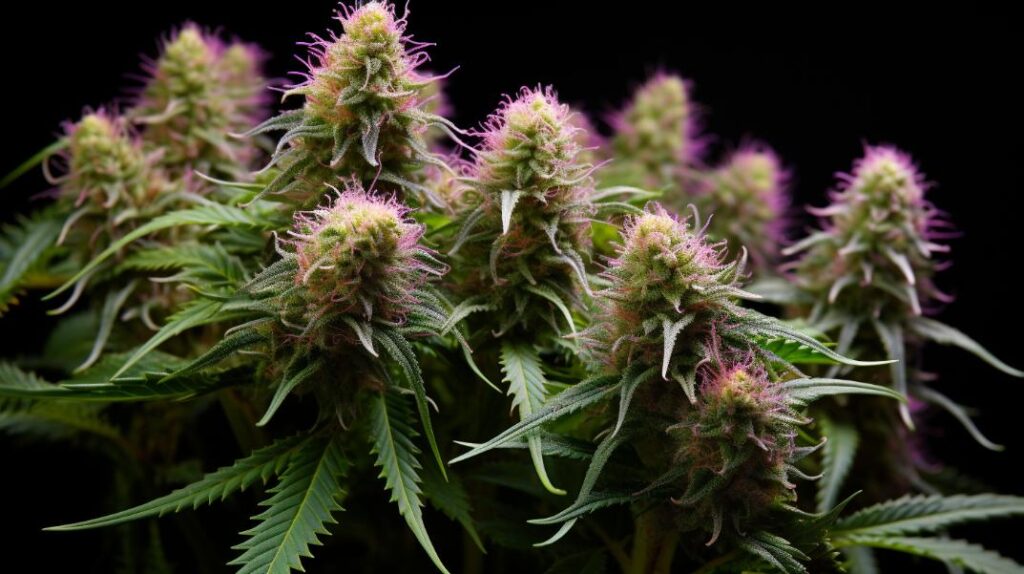
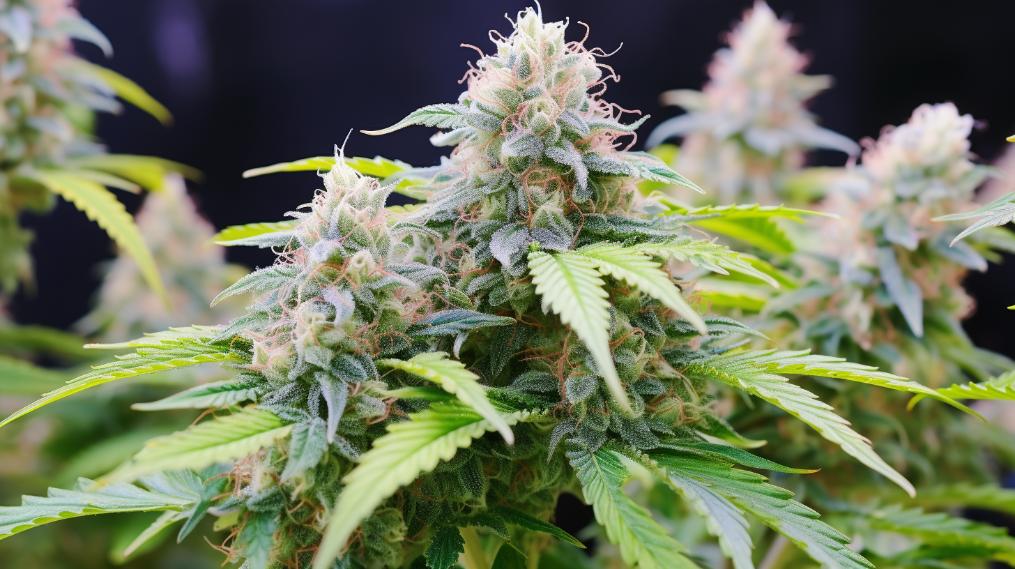
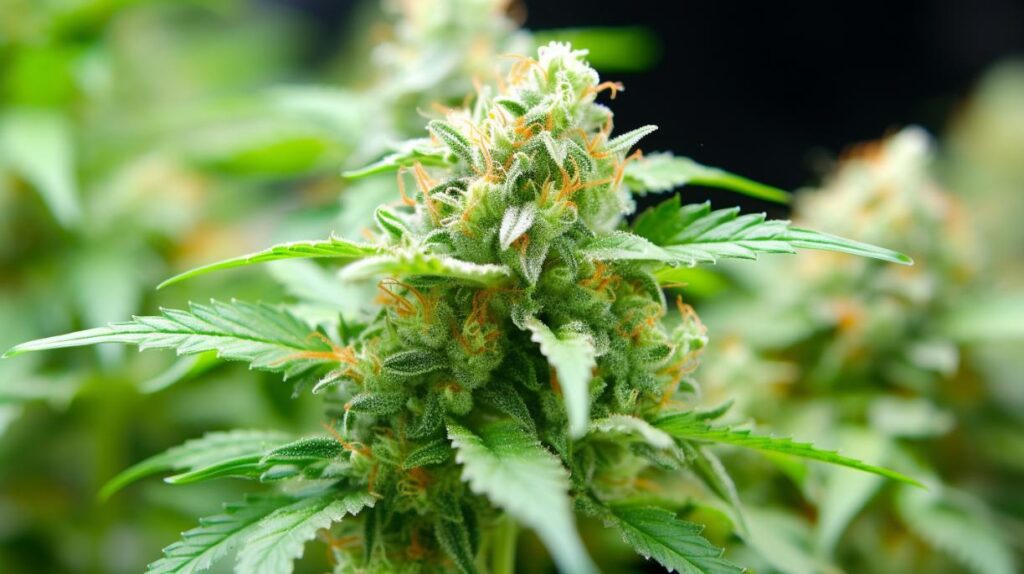
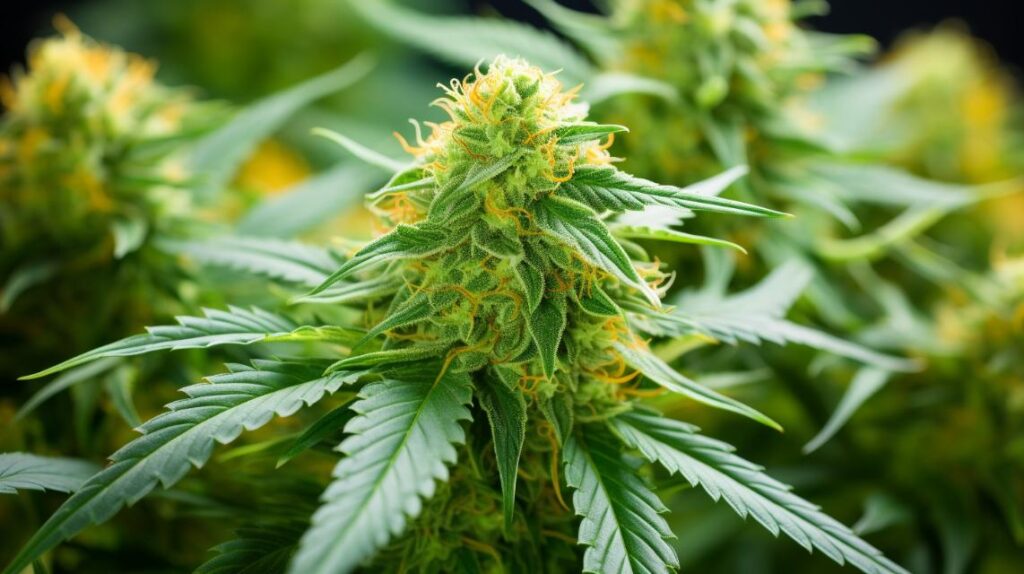
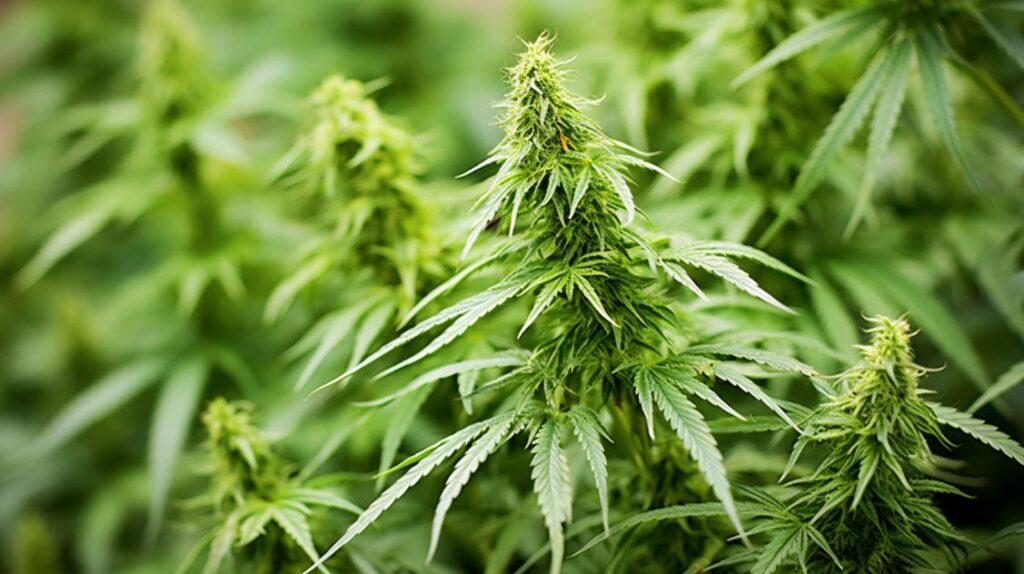

Responses